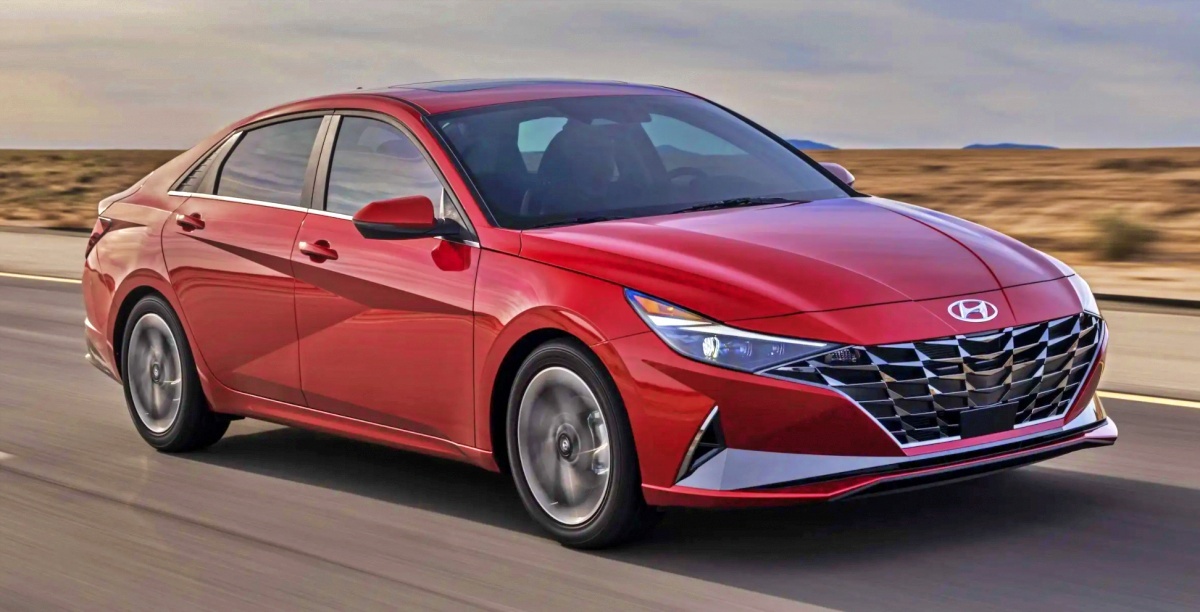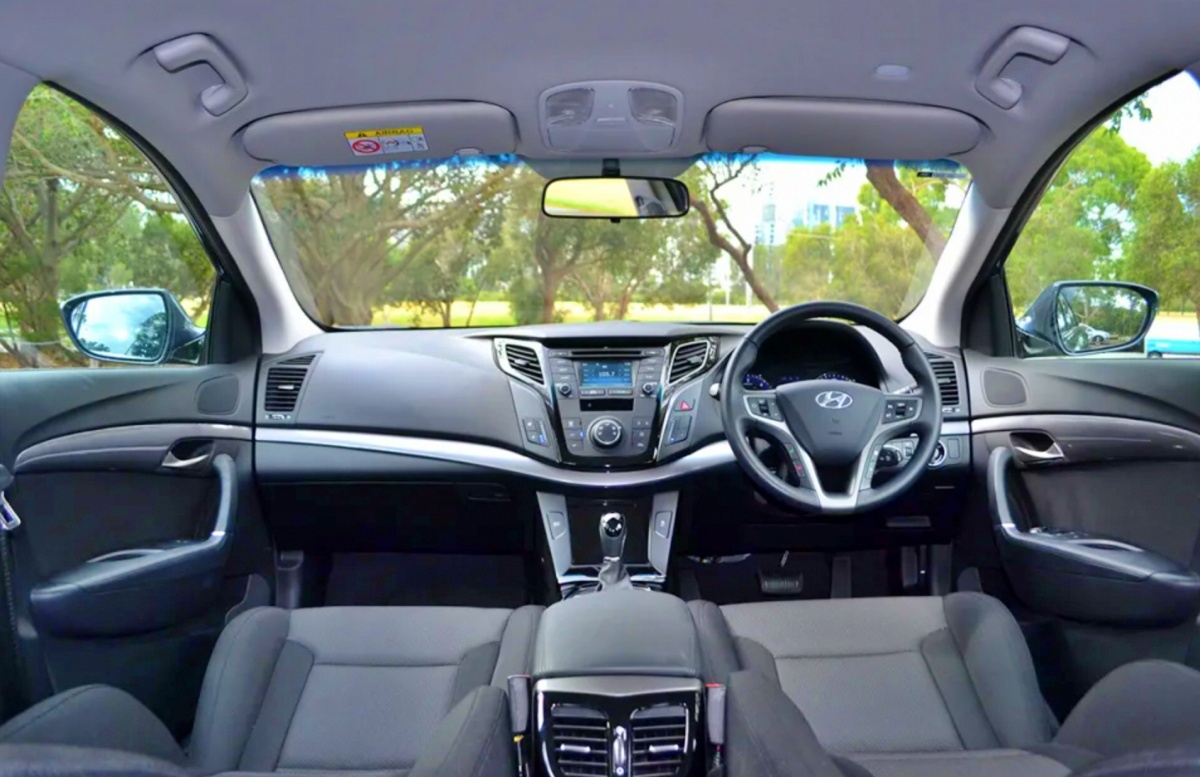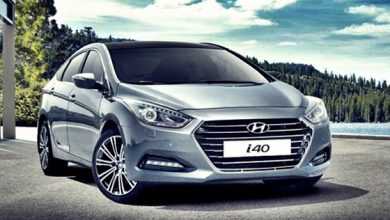New 2022 Hyundai i40 Review, Pricing
New 2022 Hyundai i40 Review, Pricing
2022 Hyundai i40 – The New I40 is a benchmark for how serious Hyundai’s current players are. Kia’s sister company took U.S.-sourced Optima and turned it into a European-friendly specification.
However, Hyundai went one step further by designing a special car for us where all the leading premium sedans come from – Germany. As such, the i40 sedan and the Tourer region result from some shared thinking and aim to face the Ford Mondeo in its own game – and win.
2022 Hyundai i40

It’s a really competitive Hyundai, and the company is very aggressive with it. The various trims and engines that stand out all make money, literally and figuratively: the specs are precise, and the CO2 is correct because Hyundai assesses exactly what the market wants and delivers it.
The 2022 Hyundai i40 is a spacious family car that is quite comfortable and easy to drive but doesn’t feel as luxurious as some more upscale alternatives. It’s available both as a saloon we reviewed here and a wider estate, the i40 Tourer, which we reviewed separately.
Although it has been developed in Germany, it is not a sport sedan with a pent-up sporty impression of the BMW 3 Series. Instead, Hyundai wisely prioritizes everyday comfort and refinement of driving, meaning it provides impressive driving and stability on all surfaces. This is truly one of the greatest classes on the highway.
Not a fireball in the guise of the best-selling CRDi 1.7 liters. However, it doesn’t matter because the motor has a decent torque boost and is smooth enough to fade into the background at speed. Sit back and enjoy the subtlety: that’s the best of the i40.
2022 Hyundai i40 Interior
Flowing wavy lines and distinctive LED headlights don’t create the illusion of being crushed when you open the door. The interior of the i40 is a remarkable example of the steps that Hyundai continues to take. It sets the VW Passat level for final results and quality, and even the basic Active feels absolutely not.
Move to Style and Premium, and class rivals will bow their heads out of shame at comparing kit numbers. Being a large sedan, the boot is huge, and the interior space is impressive. There’s crossing space at the front and rear, but choose a larger 1.7 CRDi 136 motor if you’re planning on carrying heavy loads: Hyundai doesn’t offer a more powerful 2.0-liter alternative.
You do get a touch screen infotainment system as standard and satellite navigation in all but entry-level cars. Still, unfortunately, Hyundai’s rather old-fashioned graphics can’t withstand Skoda’s slick system.
i40 isn’t very modern design in it, but at least there are plenty of adjustments in the front seat and more than enough headroom for you to feel comfortable. The space at the back is also quite spacious, although if you regularly bring four very tall friends, you’d be better off using a Superb limousine.

Infotainment
All i40s get a seven-inch touchscreen infotainment system mounted on the dashboard. It’s easy to catch a glimpse on the go, and you get a selection of shortcut keys to help you switch between key features while you’re driving. Unfortunately, it’s small enough that it’s too easy to accidentally switch to a sat-nav when you really want to turn off stereo sound.
Speaking of stereo, each model gets USB input and Bluetooth connectivity as standard so you can play music and make calls through the car’s built-in speakers. Desperately, you’ll have to pay extra for the SE Nav model if you want a DAB digital radio.
If you use the SE Nav model, you also get satellite navigation. It’s easy enough to enter a zip code and provide concise, easy-to-follow instructions, but the map looks a lot more old-fashioned than you’ll find on a Skoda Superb. If you don’t like the look of Hyundai’s own maps, you can always use Apple CarPlay and Android Auto to mirror your phone’s navigation app on the i40 screen.
It also lets you play music from streaming services like Spotify through your car stereo. Unfortunately, there’s no option to upgrade the standard i40 speaker to a well-known brand, so you have to get used to the sound being a little loud.
2022 Hyundai i40 Engine
If you find yourself filling up your luggage and transporting passengers regularly, it’s best to use Hyundai’s more powerful 141hp diesel engine. The 1.7-liter model is powerful enough to glide happily at highway speeds and is almost as cost-effective as the slightly cheaper 1.7-liter 115hp version.
However, this slightly less athletic option is still worth seeing if you drive a lot within the city – as is the optional automatic gearbox. It’s not very smooth at very low speeds, but it will help make heavy stop-road traffic less tiring.
If a long road trip is your preferred one, you may be disappointed to hear cruise control is only standard on the SE Nav model. Even so, even without the i40, it’s quite relaxing to drive but a little quieter than the Skoda Superb at highway speed.
Go into town, and the i40 absorbs most of the mound well, but the soft suspension doesn’t do much to stop its body from leaning at a narrow-angle. It also loses some of the major safety technologies you get as standard on most modern rivals.
However, if you can live without eye-catching technology and want a relatively affordable family car with a spacious cabin, the i40 is worth a second look.
2022 Hyundai i40 Price
Hyundai doesn’t need a five-year warranty to let you know that this will never go wrong: the i40’s built-in solidity and quality do it yourself. It still incorporates it as standard, as part of a package that shows how eager Hyundai is to please its customers.
With eye-opening prices starting at less than £17,500 and sub-120g/km CO2 emissions (combined with an impressive average economy of 65.7mpg) also on the table, cue one of Mondeos’s most alarming ranges.

